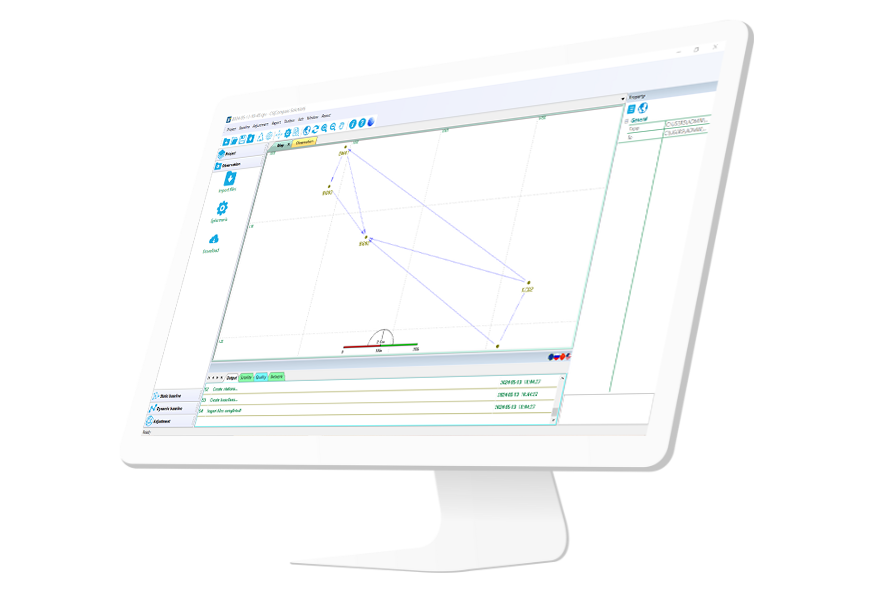K803 Lite (L1) GNSS Module DP-filter Smooth Function Test Report
ComNav Technology conducted a simple test on the DP-filter smoothing function of the K803 Lite (L1) module. This report introduces the DP-filter smooth positioning performance of K803 Lite (L1) based on the theoretical basis and test results, aiming to help users have a clear knowledge of DP-filter smooth function and related applications.
1 Theoretical Basis
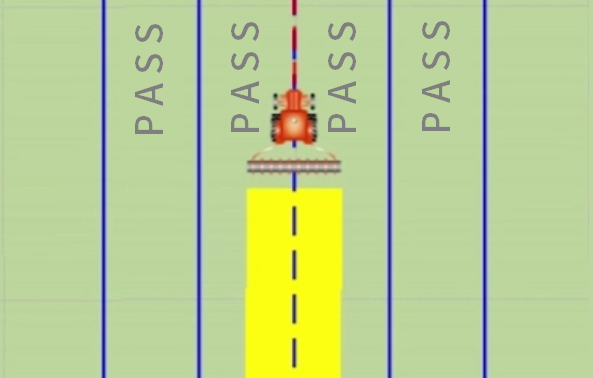
Fig. 1 Pass to pass
With the help of the DP-filter smooth algorithm, the relative accuracy of K803 Lite (L1) between 2 consecutive epochs is within 1cm in single point positioning mode. For longer periods like 15-30 min, the pass-to-pass accuracy can be kept within 15cm in 95% of the cases.

Fig. 2 & Fig. 3 Pass-to-pass accuracy of K803 Lite (L1) Module
2 Test Plan

Fig. 4 Testing route on Google Earth map
Device Model | Manufacture | Serial Number | Firmware |
K803 Lite (L1) GNSS Module | ComNav Technology | 09000053 | 600A9_a27 |
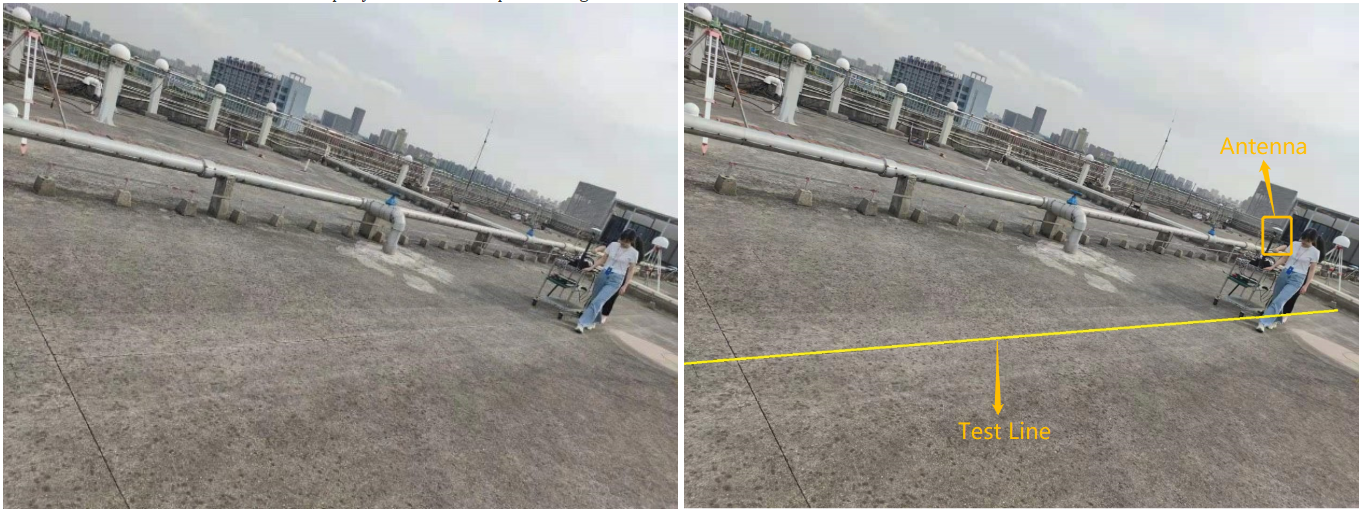
Fig. 5 Test Scene
(1) By comparing the coincidence of multiple trajectories on the straight line to analyze the pass-to-pass accuracy of K803 Lite (L1).
(2) By comparing the coincidence of DP-filter trajectories and RTK trajectories to analyze the overall accuracy of K803 Lite (L1).
The test was conducted for two rounds,
1st round | full constellation tracking | pushed the trolley for 17 laps |
2nd round | masked BDS-2 tracking | pushed the trolley for 31 laps |
3 Test Result
Since the single point accuracy of DP-filter positioning is within 1m. In order to facilitate trajectory comparison and analysis, the following test results have moved the starting point of the DP-filter data to the starting point of RTK data.
As shown in Fig. 6 & Fig. 7, the pass-to-pass accuracy of K803 Lite (L1) is about 10cm. There is no obvious track deviation within 17 laps.
In the end, the trajectory deviated from the RTK track by 5cm.
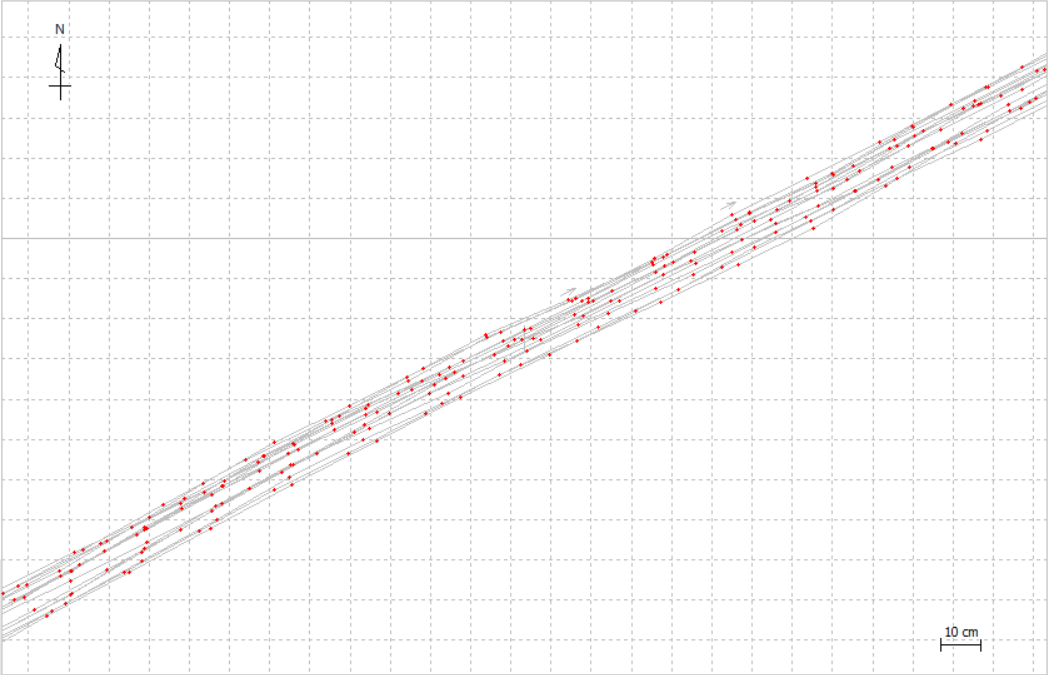
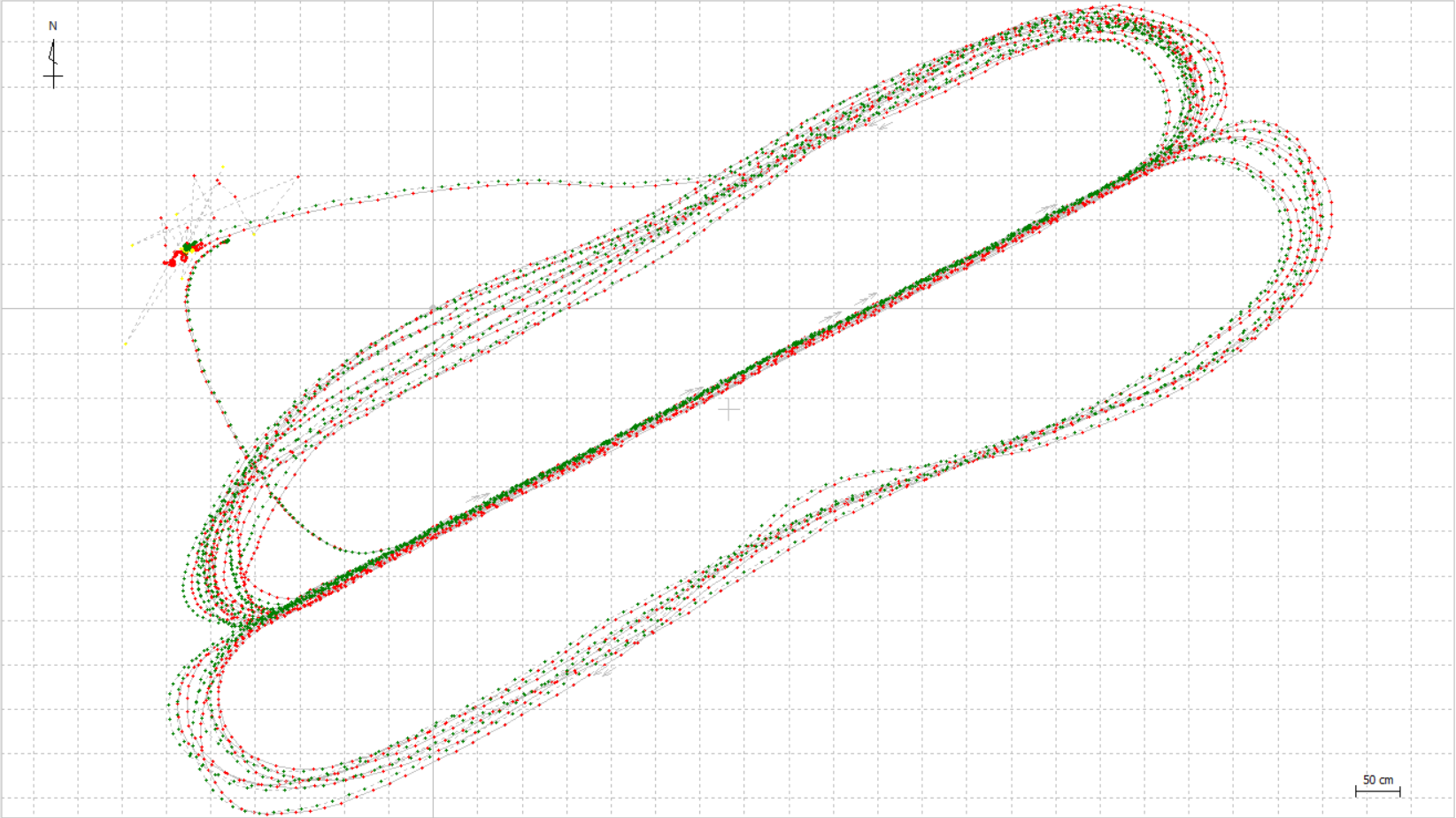
Fig. 6 & Fig. 7 Round1 test trajectory, K803Lite (L1)-Red, RTK-Green
As shown in Fig. 8 & Fig. 9, the pass-to-pass accuracy of K803 single-frequency is about 15cm, which also included the human error when pushing the trolly. There is no obvious track deviation within 31 laps.
In the end, the trajectory deviated from the RTK track by 10cm.
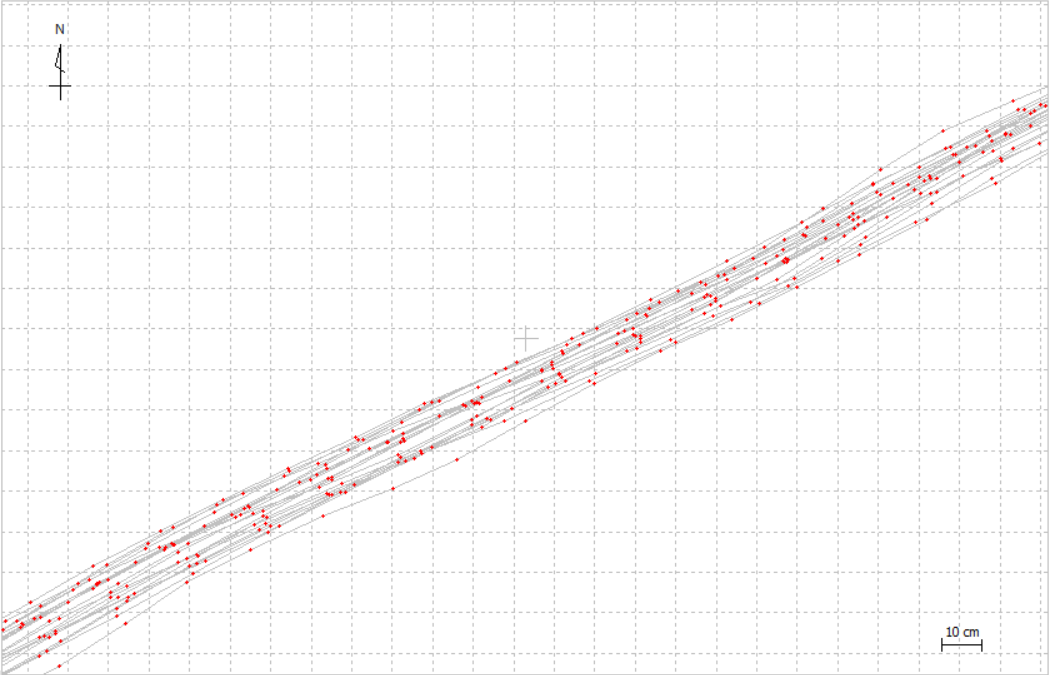
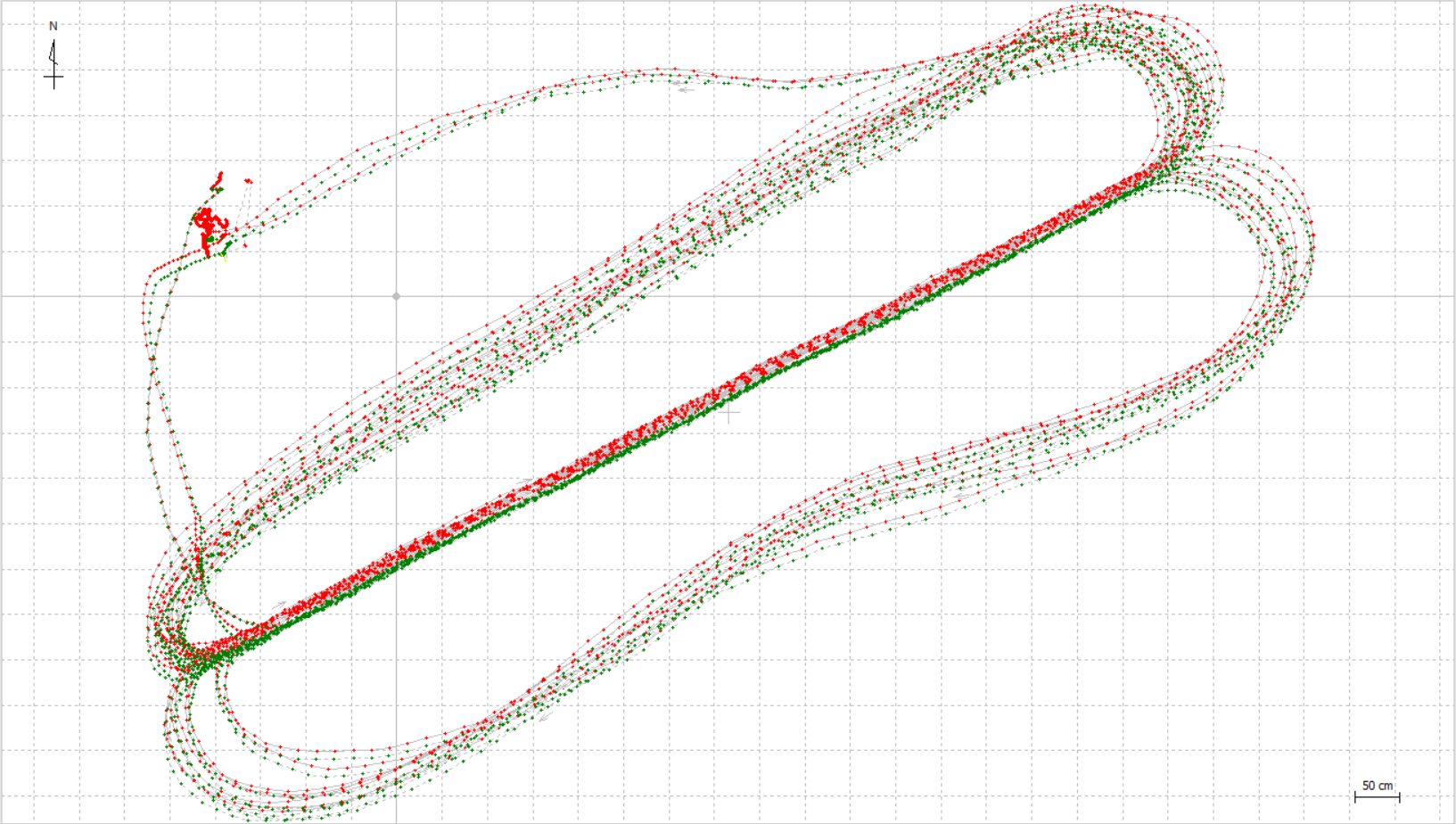
Fig. 8 & Fig. 9 Round2 test trajectory, K803Lite (L1)-Red, RTK-Green
4 Conclusion
It supports up to 60 degrees IMU tilt surveying.
Table 2: Test Results
| Pass-to-pass (cm) | Deviation from RTK (cm) |
1st round (17 laps) | 10 | 5 |
2nd round (31 laps) | 15 | 10 |
* The pass-to-pass error also includes the human error when pushing the trolly.
(1) Thepass-to-pass accuracy of K803Lite (L1) could reach about 15cm whether in area covered by BDS-2 or not.
(2) The K803 Lite (L1) shown better DP-filter performance in full-constellation tracking situation.
(3) The deviation from K803 Lite (L1) smooth trajectory to RTK contrast trajectory is within 10cmwhether in area covered by BDS-2 or not.
About ComNav Technology
ComNav Technology develops and manufactures GNSS OEM boards and receivers for high precision positioning demanded applications. Its technology already been used in a wide range of applications such as surveying, construction, machine control, agriculture, intelligent transportation, precise timing, deformation monitoring, unmanned system. With a team dedicated for the GNSS technology, ComNav Technology is trying its best to supply reliable and competitive products to worldwide customers. ComNav Technology has been listed on the Shanghai Stock Exchange (Science and Technology Board), securities :ComNav Technology (Compass Navigation), Stock code: 688592.
About SinoGNSS®
SinoGNSS® is the official trademark of ComNav Technology Ltd., registered in People's Republic of China, EU, USA and Canada. All other trademarks are the property of their respective owners.
About ComNav Technology
ComNav Technology develops and manufactures GNSS OEM boards and receivers for high precision positioning demanded applications. Its technology already been used in a wide range of applications such as surveying, construction, machine control, agriculture, intelligent transportation, precise timing, deformation monitoring, unmanned system. With a team dedicated for the GNSS technology, ComNav Technology is trying its best to supply reliable and competitive products to worldwide customers. ComNav Technology has been listed on the Shanghai Stock Exchange (Science and Technology Board), securities :ComNav Technology (Compass Navigation), Stock code: 688592.
About SinoGNSS®
SinoGNSS® is the official trademark of ComNav Technology Ltd., registered in People's Republic of China, EU, USA and Canada. All other trademarks are the property of their respective owners.





